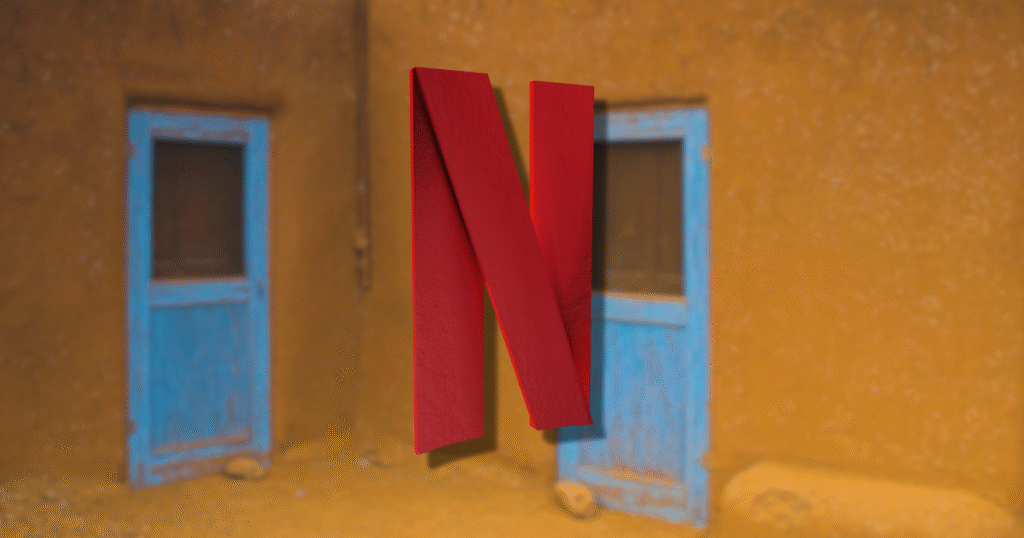The Innovator’s Dilemma in entertainment is playing out in real time, and Netflix is its most visible example. When Netflix released its first original series in February 2013, it was more than a gamble – it was a strategic step up the entertainment value chain. By year’s end, the company planned at least five proprietary programs, signaling a long-term shift from distributor to creator.
This move echoes Clayton Christensen’s theory: disruptors begin at the low end, then rise until they reshape industries. Entertainment, like steel or automobiles before it, follows the same pattern.
TL;DR:
The Innovator’s Dilemma in entertainment shows how distributors like Netflix evolve into original content producers. Just as HBO, Showtime, and Starz did, Netflix climbed the value chain by investing in exclusive programming, strengthening its brand, and competing head-to-head with traditional networks.
The Innovator’s Dilemma: Lessons for Entertainment
Clayton Christensen’s The Innovator’s Dilemma describes how low-cost entrants disrupt incumbents and then push upward. In entertainment, this means distributors eventually create original shows and films.
Examples from other industries illustrate the same logic:
- Steel mills rising from low-cost products to premium steel.
- Automakers moving from economy cars to luxury brands.
- Electronics firms evolving from component suppliers to global consumer brands.
Netflix’s story is a textbook application of the innovator’s dilemma in entertainment.
The Entertainment Value Chain and Original Content
Producing original content is higher up the value chain than licensing. It delivers exclusivity, brand strength, and long-term advantage.
- HBO began as a film distributor, then launched iconic originals like The Sopranos.
- Showtime and Starz followed with series that became cultural touchpoints.
- Netflix entered distribution first, then followed the same path with House of Cards and Orange Is the New Black.
Why Cable Companies and Telcos Struggle with the Innovator’s Dilemma
One striking point about the innovator’s dilemma in entertainment is how cable companies and telcos have avoided the content path. Instead, they’ve climbed the value chain in services:
- Cable expanding into Internet and voice.
- Telecoms bundling broadband, mobile, and TV.
- Dish Network experimenting with cellular and Verizon with their Redbox Instant.
Yet unlike Netflix or HBO, they haven’t bet on storytelling as a differentiator. That’s why the future of streaming may bypass them.
Netflix vs. HBO, Showtime, and Starz
In 2013, the battle lines looked like this:
- Netflix: ~25M U.S. subscribers
- HBO: ~29M
- Showtime: ~21M
- Starz: ~19M
Netflix’s ambition was massive—60–90 million U.S. subscribers, equal to half or more of all households. To achieve this, Netflix had to embrace the innovator’s dilemma in entertainment fully, spending more on original programming to lock in subscribers.
The Economics of Original Content in the Value Chain
In its early phase, Netflix spent less than 5% of its $2 billion content budget on originals. But growth targets required more: 5–15% of future budgets.
Original content serves three strategic purposes:
- Exclusivity – licensing deals expire, originals remain.
- Brand building – hits like Stranger Things define the Netflix identity.
- Competitive edge -streaming wars reward unique offerings.
Streaming Wars and the Innovator’s Dilemma in Entertainment
The entertainment industry shows Christensen’s cycle clearly:
- Distribution first: offer affordable, convenient access.
- Scale second: build a massive subscriber base.
- Originals third: use revenue to fund exclusives.
- Dominance fourth: control both production and distribution.
Netflix is now a global studio, not just a platform. The innovator’s dilemma in entertainment guarantees that future challengers will follow the same trajectory.
Related content you might also like:
- The Future of NetFlix and How They are Working to Enrich Their Streaming Service
- The Direction of Curation
- BBY, Connected TVs, and the Innovator’s Dilemma in Action
- Is Monetizing Content Getting Easier or More Difficult?
- The iPhone at 10 and the Future of Internet



